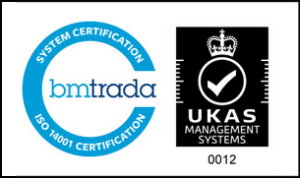Delivering cost certainty with systems-led infrastructure
With a large number of infrastructure projects overspending, the systems-led approach reduces the risk of cost overrun. It’s achieved by aligning the project team to mitigate systems/structure clashes and scope change.
How does systems-led infrastructure reduce commercial risks?
The systems approach to infrastructure delivery is a less risky, more efficient way of working, which plans for all project interdependencies from the start.
The systems-led approach plans for handovers during design, involving key stakeholders, reducing the risk of rework and delay due to misalignment or miscommunication.
Each project phase is considerate of the rest, including dedicating sufficient time to testing and commissioning, so assets can be properly handed over without project delays and associated costs.
Smart engineering processes like DfMA are also designed in earlier, so there are more opportunities to utilise off-site methods that bring greater efficiencies.
How does earlier specialist involvement help control costs?
The systems-led approach is built around effective communication across project teams. It involves specialists earlier in the project, creating a collaborative approach to engineering that gives greater certainty that what’s scoped and budgeted at the start will be delivered.
By aligning all key stakeholders to the project outcomes from the outset, there’s less risk of additional costs from rework to fulfil the planned outcomes, with fewer design changes and clashes. Wastages or excess in design is limited by feasibility input. This is achieved by leading with the infrastructure systems, reducing the need to adapt them for the constraints imposed by the structure.
Digital twins allow visualisation of how systems integrate, so design and delivery teams can identify issues upfront rather than incurring costs down the line. As the ICE has noted, using digital twins in construction is part of the systems-led approach which considers how assets will be integrated and used operationally, rather than treating such systems merely as components to be built.
FEATURED PROJECTS
EXPLORE OUR PROJECTS
Birmingham Westside Metro Extension
The tram network lies at the heart of the region’s exciting public transport integration plans.
Read moreBank Station Capacity Upgrade
Bank Station, in the centre of the city of London, is the fourth most congested interchange within the Underground network.
Read moreDartford Crossing
VVB designed and installed all telecommunications and electrical services for the integration of a video management system (VMS).
Read moreBeddington to Rowdown
VVB was involved in the M&E systems for the cable replacement works in an existing National Grid tunnel.
Read more
















